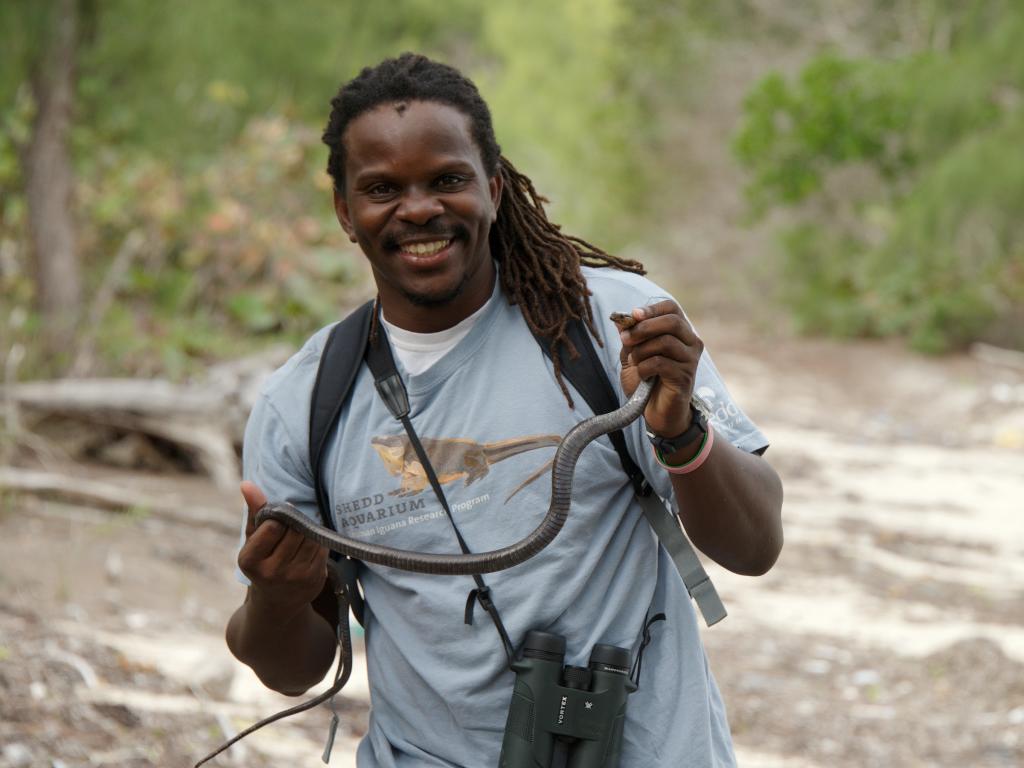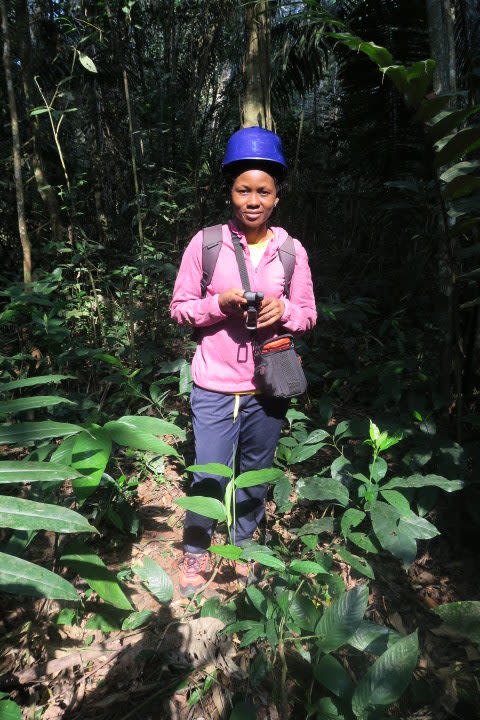Wildlife
Wildlife recovery starts here
Every single plant, animal, and fungus species—from the two-inch-long Bee Hummingbird to the 82-foot-long Blue Whale, from the smallest mushroom on Earth to the towering tropical Kapok trees—is a fundamental building block of a healthy ecosystem. Sometimes we may not understand the extent of the role a single species may play, and sometimes it’s clear how species can engineer entire ecosystems:
Tasmanian Devils
Tasmanian Devils—apex predators—released to the wild on mainland Australia for the first time in 3,000 years, are expected to restore an ecosystem that has seen the planet’s worst rate of mammal extinctions.
Tapirs
Tapirs and other large fruit-eating mammals in the Amazon maintain between $5.91 and $13.65 trillion worth of carbon credits. They disperse seeds and trigger seed germination for tree species that store the most carbon.
Swinhoe's Giant Softshell
The softshell, lake-dwelling turtles play the critical role of scavengers, helping to decompose waste, keeping their waterways clean and disease free for all of the wildlife that share their ecosystem.
Whether it is the tapir that disperses seeds, butterflies that pollinate flowers, scavengers that prevent the spread of disease, or fungi that cycle critical nutrients throughout the soil, our ecosystems exist only because of the complex interplay between the diverse communities of life within them. They are the products of billions of years of species evolving together.
Protect, restore, rewild
Re:wild focuses on protecting some of the rarest and most threatened species in the world, and also on restoring species on the brink of extinction as part of our strategy to recover entire ecosystems. Healthy ecosystems are the life support of our planet. They are critical to our own wellbeing as they regulate climate, provide clean air and water, and reduce the risk of fires and pandemics.
These are just a few of our focal species:
Protecting and restoring threatened species is no small task. Today’s extinction rate is thousands of times higher than the natural historical extinction rate as a direct result of human activity. We help implement tailored strategies for each of the more than 95 species around the world we focus on, including:
preventing wildlife crime
supporting conservation breeding programs
creating and managing protected areas
Through our extensive international partnerships and by supporting local partners—including small nonprofits, individual species champions, wildlife rangers and Indigenous peoples—to do their work more effectively, we are able to protect and restore wildlife species, even populations that are down to just a few individuals. These efforts benefit an additional 2,300 threatened species.




